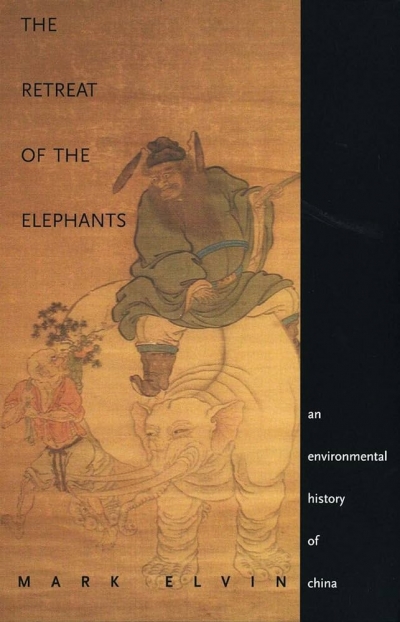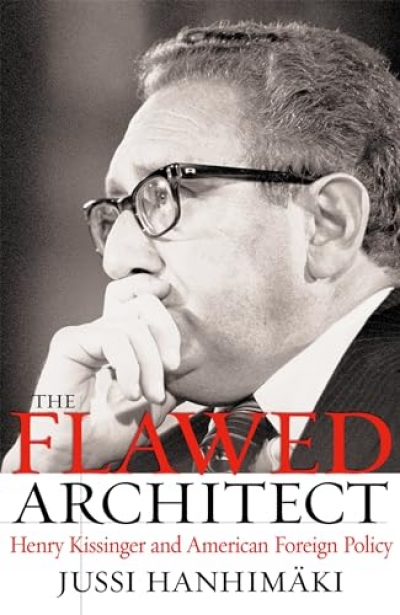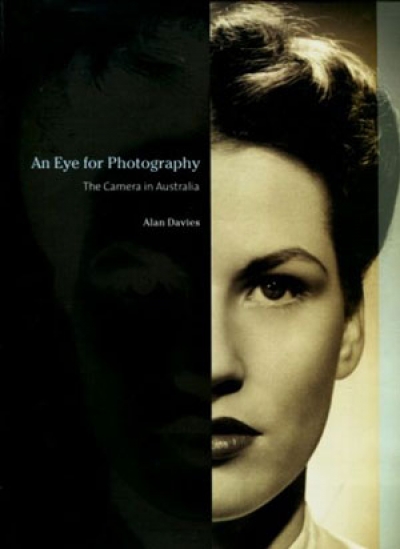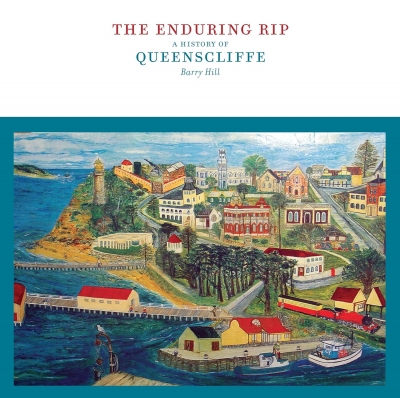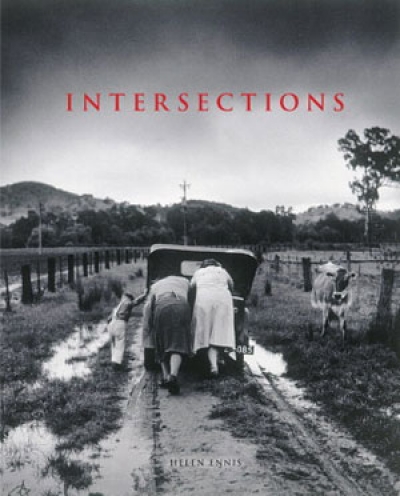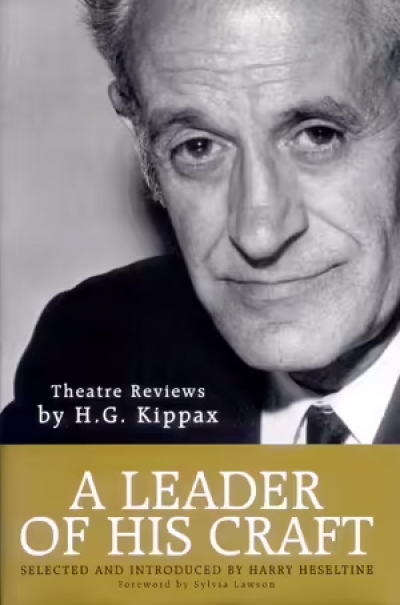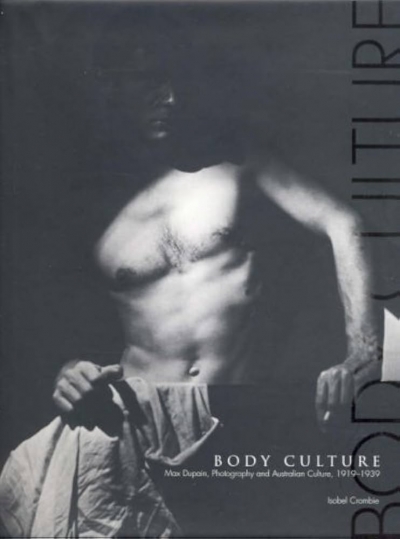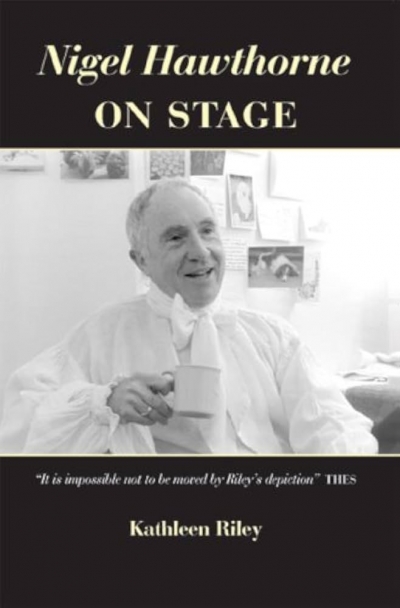Archive
The Retreat of the Elephants: An environmental history of China by Mark Elvin
by Antonia Finnane •
The Flawed Architect: Henry Kissinger and American Foreign Policy by Jussi Hanhimäki
by Barry Jones •
An Eye For Photography: The camera in Australia by Alan Davies
by Isobel Crombie •
Intersections: Photography, history, and the national library of Australia by Helen Ennis
by Julie Robinson •
A Leader of His Craft: Theatre reviews by H.G. Kippax edited by Harry Heseltine
by Ken Healey •
Witnessing History: One woman’s fight for freedom and Falun Gong by Jennifer Zeng
by Helene Chung Martin •
Body Culture: Max Dupain, photography, and Australian culture, 1919–1939 by Isobel Crombie
by Ian North •

